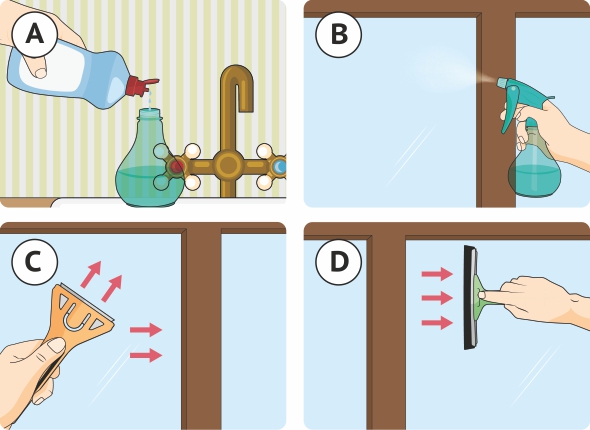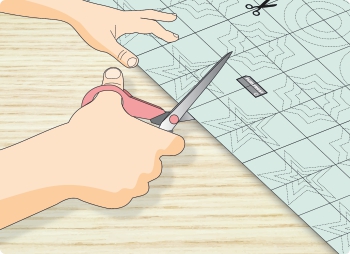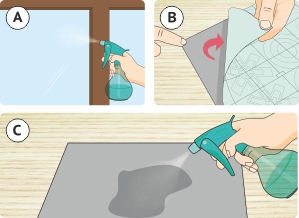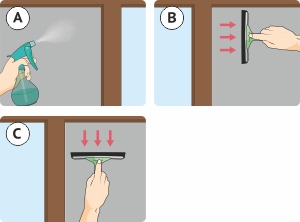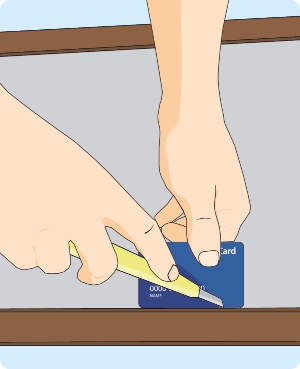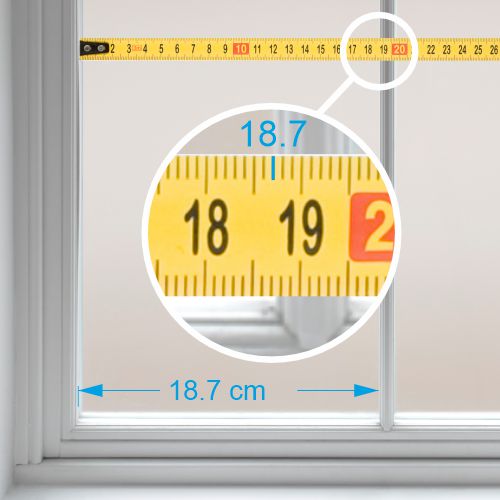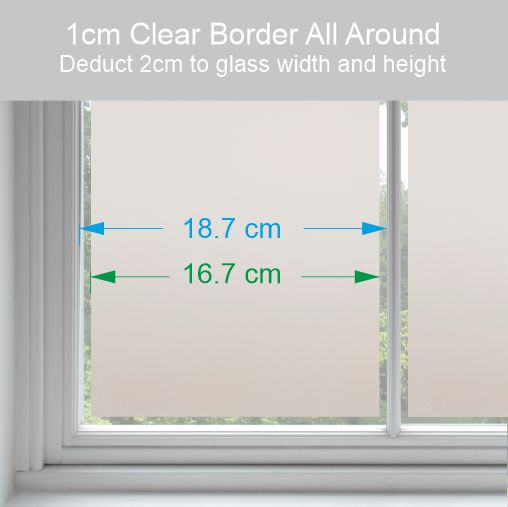House Number Film HNC 6
Design your own bespoke house number or house name frosted effect sticker to your exact measurements, and in a choice of fonts and colours. This option will enable you to have a coloured or clear text and border within an etch effect background.
Read More
© 2025 Purlfrost All rights reserved





